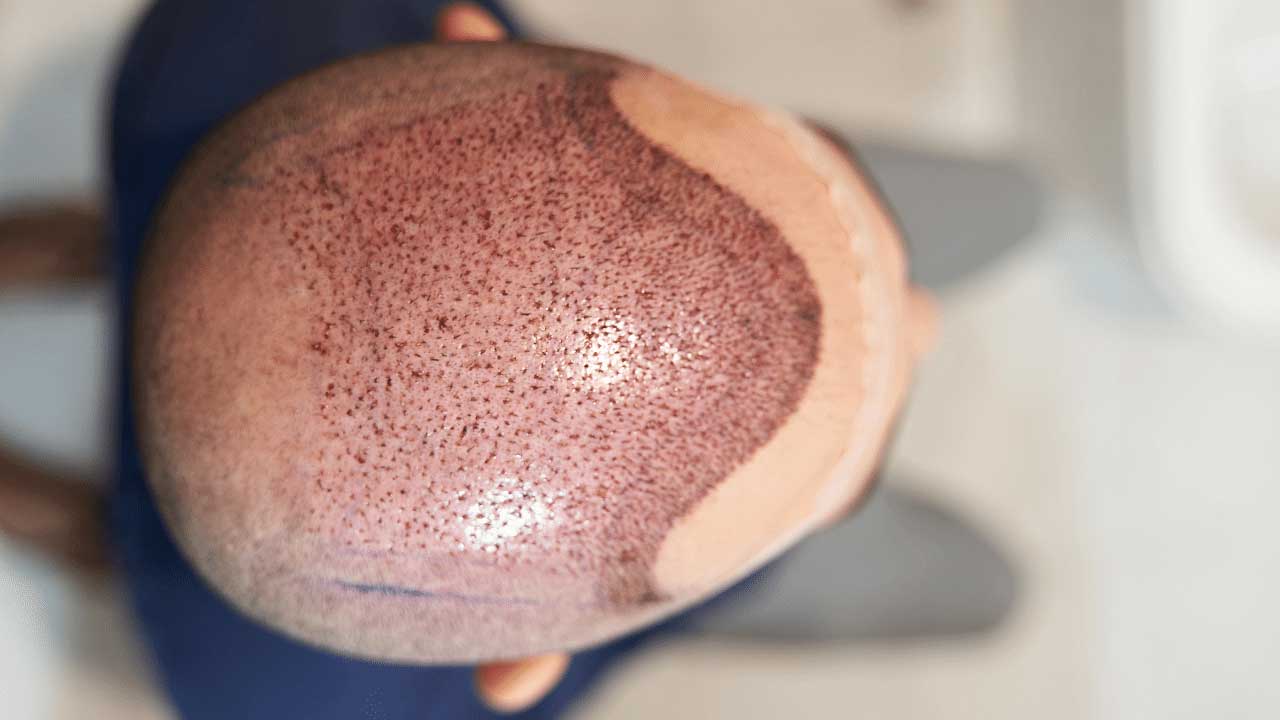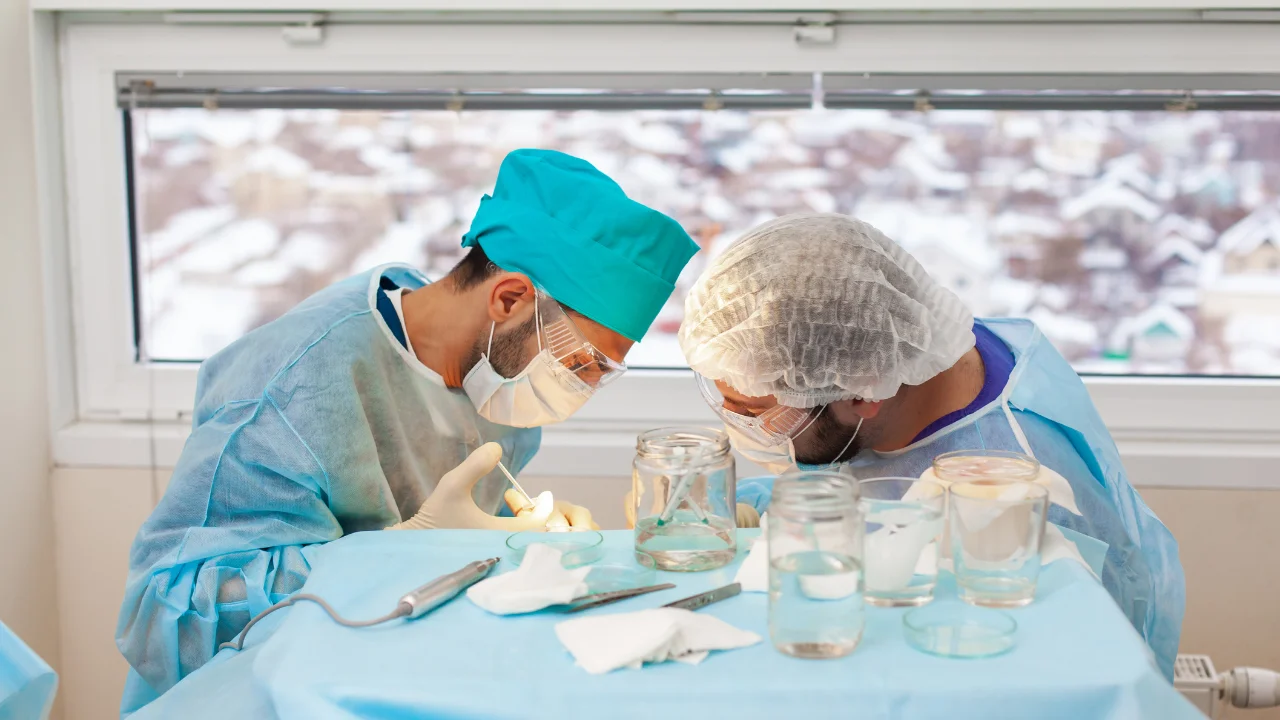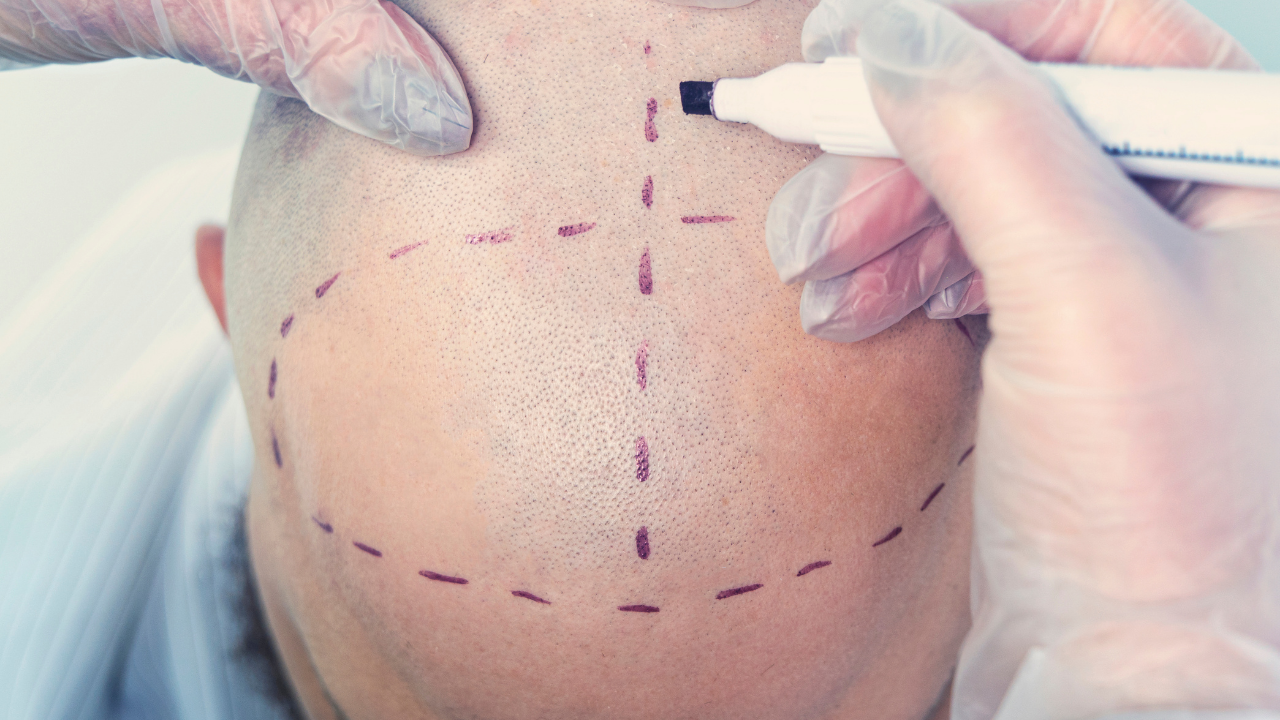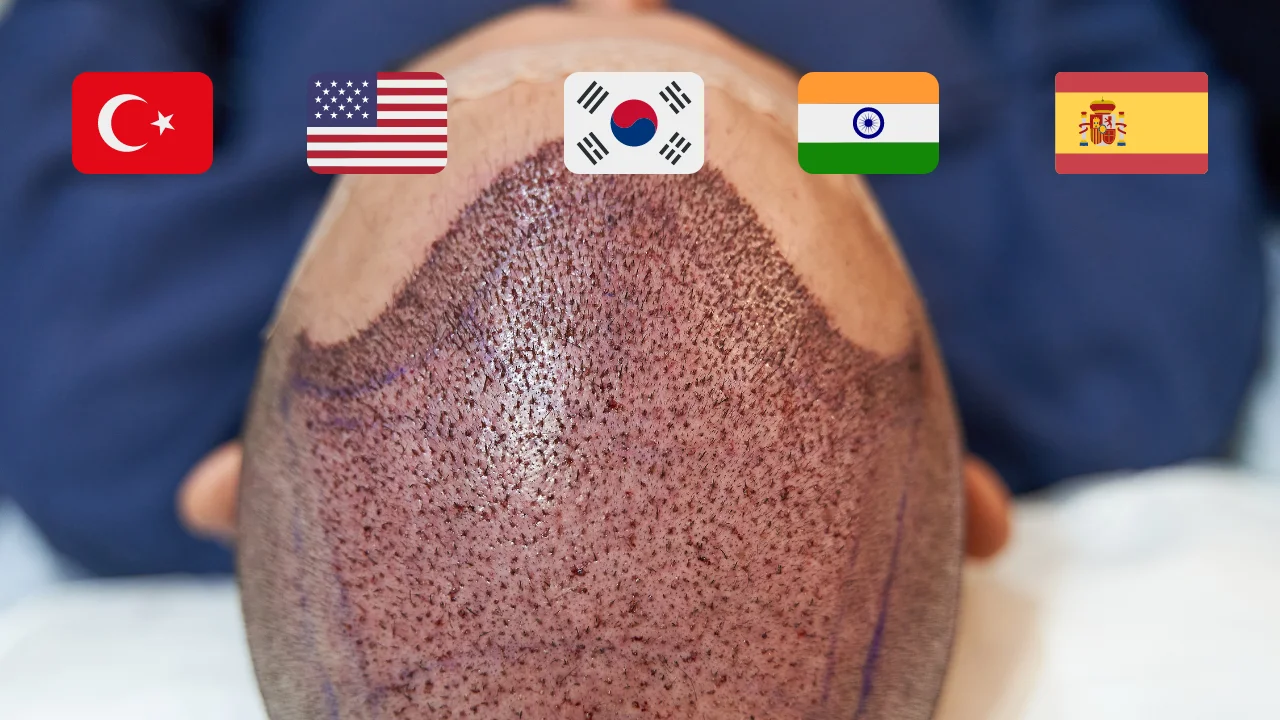What Are Hair Transplant Success Rates?

Hair loss is a common issue that affects millions of people worldwide. Many individuals seek solutions to restore their hair and regain their confidence.
One popular option is hair transplant surgery, a procedure that involves moving hair follicles from one part of the body (usually the back or sides of the head) to the balding or thinning areas.
But before undergoing such a procedure, it’s essential to understand the success rates associated with hair transplants. In this article, we will delve into the topic of hair transplant success rates, exploring the factors that influence success, discussing the latest research and statistics, and addressing frequently asked questions to provide a comprehensive understanding of this important aspect of hair restoration.
What Are Hair Transplant Success Rates?
Hair transplant success rates refer to the percentage of individuals who achieve satisfactory outcomes after undergoing a hair restoration procedure.
Success rates can vary depending on several factors, including the technique used, the surgeon’s skill and experience, the patient’s age and overall health, and the extent of hair loss.
Understanding these rates can help individuals make informed decisions about whether a hair transplant is the right choice for them.
Factors Influencing Hair Transplant Success Rates
Several factors can influence the success rates of hair transplant procedures. Let’s explore these factors in detail:
1. Surgeon’s Skill and Experience
The surgeon’s skill and experience play a crucial role in the success of a hair transplant. A skilled surgeon with ample experience is more likely to achieve better outcomes compared to a less-experienced practitioner. It’s important to choose a qualified and reputable surgeon who specializes in hair restoration surgeries to maximize the chances of a successful procedure.
2. Technique Used
There are different techniques used in hair transplantation, including Follicular Unit Transplantation (FUT) and Follicular Unit Extraction (FUE). Each technique has its own set of advantages and considerations. FUT involves removing a strip of scalp from the donor area and dissecting it into individual follicular units, while FUE involves extracting individual follicular units directly from the donor area. The technique used can impact the success rate and overall satisfaction of the patient.
3. Patient’s Age and Health
The age and overall health of the patient can influence the success of a hair transplant. Younger patients with minimal hair loss tend to have higher success rates compared to older individuals with extensive hair loss. Additionally, good overall health, including proper nutrition and absence of underlying medical conditions, can contribute to better outcomes.
4. Extent of Hair Loss
The extent of hair loss also plays a role in determining the success rates of hair transplants. Patients with limited hair loss typically have a higher success rate compared to those with advanced baldness. It’s important for individuals with extensive hair loss to have realistic expectations and consult with a qualified surgeon to determine the best course of action.
5. Post-Transplant Care
Proper post-transplant care is crucial for achieving optimal results. Following the surgeon’s instructions regarding post-operative care, including medication, cleaning, and avoiding activities that may disrupt the healing process, is vital. Adhering to the recommended care guidelines can significantly improve the success rates of hair transplants.
Latest Research and Statistics
Staying up to date with the latest research and statistics is important when evaluating hair transplant success rates. Here are some recent findings:
- According to a study published in the Journal of the American Academy of Dermatology, the overall success rate of hair transplants is around 90%.
- Another study published in the Aesthetic Surgery Journal reported that patients who underwent FUE hair transplants had a success rate of approximately 88%.
- The International Society of Hair Restoration Surgery (ISHRS) is a leading organization in the field of hair restoration. According to their data, the success rates of hair transplants can vary depending on the individual’s characteristics and the technique used. On average, the success rate for hair transplants ranges from 85% to 95%.
- It’s important to note that success rates can also be influenced by the patient’s satisfaction with the final aesthetic outcome. While the transplanted hair may grow successfully, factors such as hair density, natural hairline appearance, and overall aesthetic harmony can impact the patient’s perception of the success of the procedure. It’s essential for individuals considering hair transplants to have a comprehensive consultation with their surgeon to discuss their specific goals and expectations.
Frequently Asked Questions about Hair Transplant Success Rates
To provide further clarity on the topic, let’s address some common questions related to hair transplant success rates:
What factors can affect the success rates of hair transplants?
Several factors can influence the success rates of hair transplants, including the surgeon’s skill and experience, the technique used, the patient’s age and overall health, and the extent of hair loss.
Are there any risks or complications associated with hair transplants?
Like any surgical procedure, hair transplants carry some risks and potential complications. These can include infection, bleeding, scarring, and the possibility of an unnatural-looking hairline. However, with a skilled and experienced surgeon, these risks can be minimized.
Can hair transplant procedures fail?
While rare, there is a small possibility of a hair transplant procedure not achieving the desired results. Factors such as poor graft survival, inadequate growth of transplanted hair, or unexpected hair loss in non-transplanted areas can contribute to a less successful outcome.
Can the transplanted hair fall out after the procedure?
It’s common for the transplanted hair to shed within the first few weeks after the procedure. This is a normal part of the hair growth cycle, and new hair will start to grow from the transplanted follicles after a few months. The shedding of the transplanted hair does not indicate a failed procedure.
Can additional procedures be done if the initial hair transplant is not successful?
In some cases, additional procedures may be required to achieve the desired results. This can involve adding more grafts or addressing specific areas that may not have responded as expected in the initial procedure. It’s important to discuss the potential for additional procedures with your surgeon during the consultation phase.
Are there alternative treatments to hair transplants?
Hair transplants are considered one of the most effective and long-lasting solutions for hair loss. However, there are alternative treatments available, such as medications and non-surgical procedures like low-level laser therapy (LLLT) and platelet-rich plasma (PRP) therapy. It’s best to consult with a hair restoration specialist to determine the most suitable treatment option based on individual needs.
Conclusion
Hair transplant success rates are an important aspect to consider for individuals seeking to address their hair loss concerns. By understanding the various factors that influence these rates, staying informed about the latest research and statistics, and clarifying common questions, individuals can make well-informed decisions about whether a hair transplant is the right choice for them.
Remember, selecting a skilled surgeon, following proper post-operative care, and having realistic expectations are key elements to maximizing the success of a hair transplant procedure.



